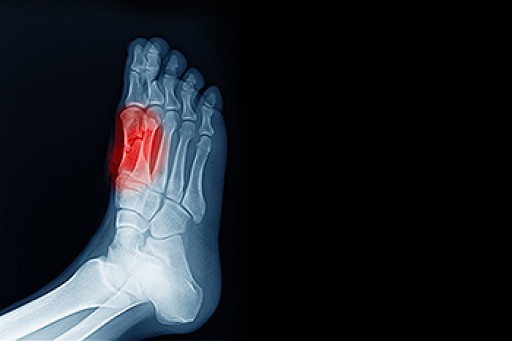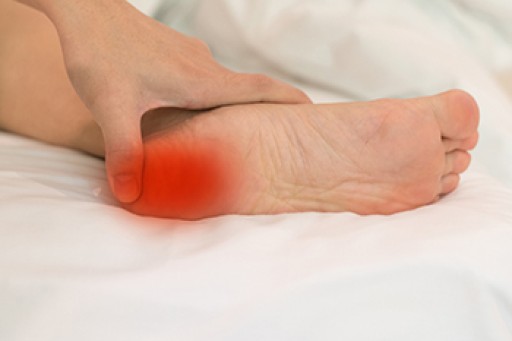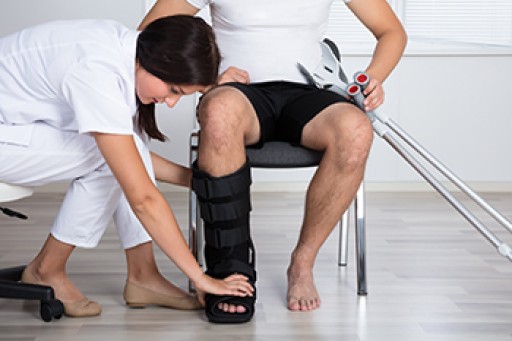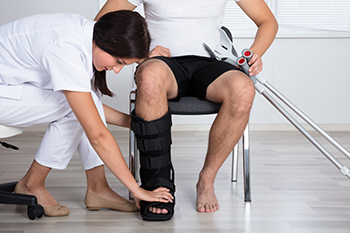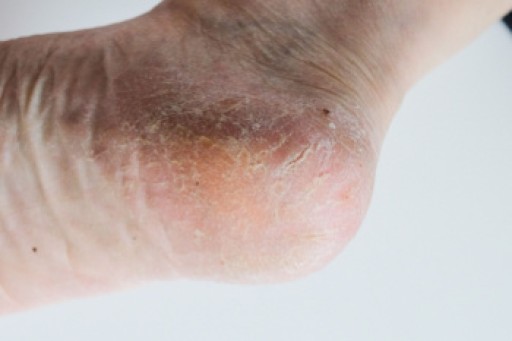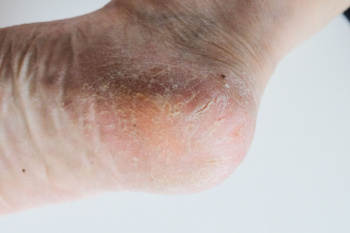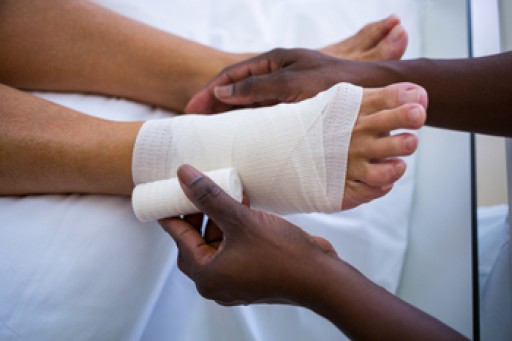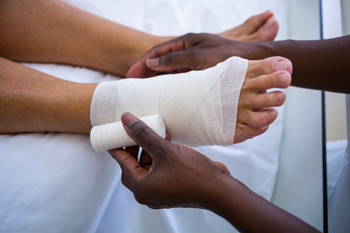
Sesamoiditis is a condition characterized by inflammation of the sesamoid bones, which are small, round bones embedded within tendons. Two of these bones are located in the ball of the foot, typically under the big toe joint. The sesamoid bones act as a support system for tendons, helping with the smooth movement of the toe, while absorbing pressure and stress during walking and running. When these bones become irritated due to overuse, injury, or repetitive pressure, inflammation can occur, leading to pain, swelling, and tenderness. Individuals who engage in high-impact activities like running or ballet are more prone to developing sesamoiditis. Symptoms include pain beneath the big toe, especially during activities that put pressure on the feet. If you have pain under your big toe, it is suggested that you contact a podiatrist who can provide an accurate diagnosis and treatment.
Sesamoiditis is an unpleasant foot condition characterized by pain in the balls of the feet. If you think you’re struggling with sesamoiditis, contact one of our podiatrists of Foot Health Center of Merrimack Valley. Our doctors will treat your condition thoroughly and effectively.
Sesamoiditis
Sesamoiditis is a condition of the foot that affects the ball of the foot. It is more common in younger people than it is in older people. It can also occur with people who have begun a new exercise program, since their bodies are adjusting to the new physical regimen. Pain may also be caused by the inflammation of tendons surrounding the bones. It is important to seek treatment in its early stages because if you ignore the pain, this condition can lead to more serious problems such as severe irritation and bone fractures.
Causes of Sesamoiditis
- Sudden increase in activity
- Increase in physically strenuous movement without a proper warm up or build up
- Foot structure: those who have smaller, bonier feet or those with a high arch may be more susceptible
Treatment for sesamoiditis is non-invasive and simple. Doctors may recommend a strict rest period where the patient forgoes most physical activity. This will help give the patient time to heal their feet through limited activity. For serious cases, it is best to speak with your doctor to determine a treatment option that will help your specific needs.
If you have any questions please feel free to contact one of our offices located in North Andover, and Tewksbury, MA . We offer the newest diagnostic and treatment technologies for all your foot and ankle needs.

